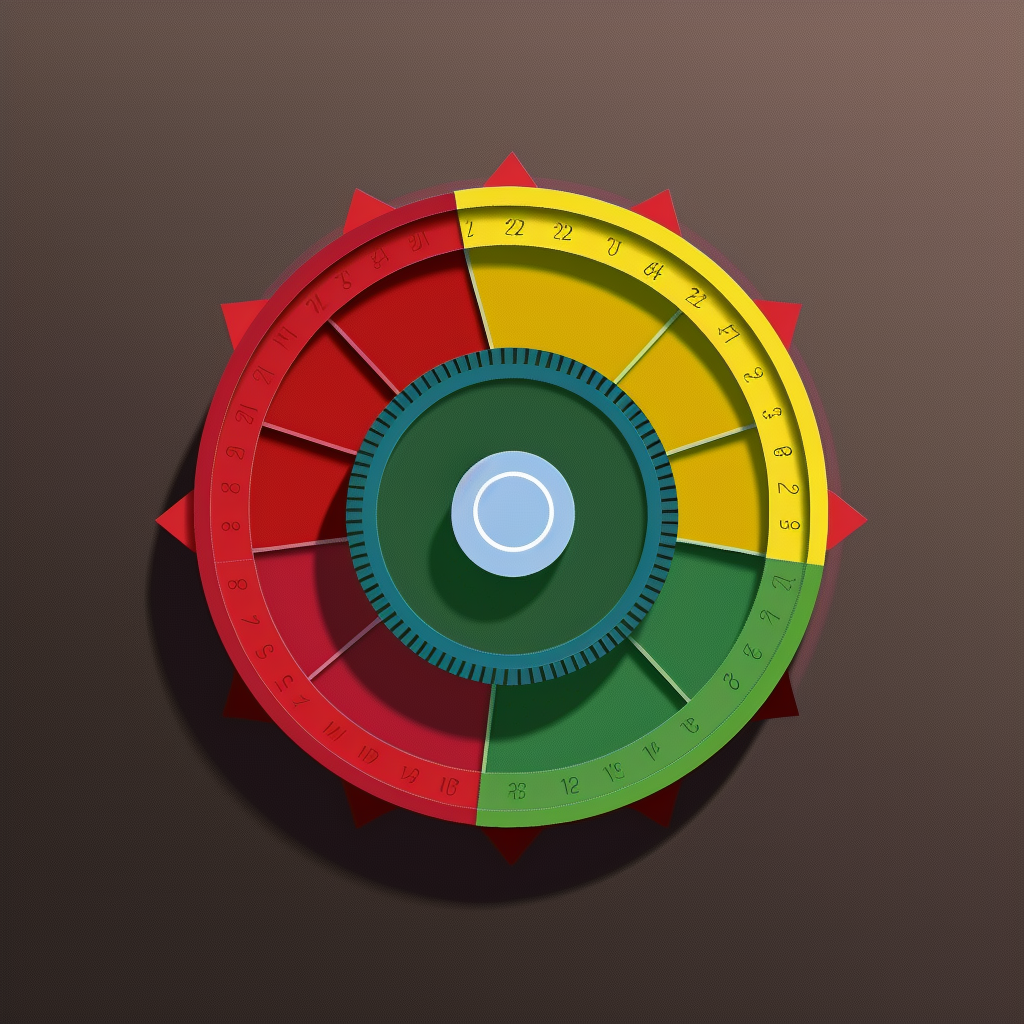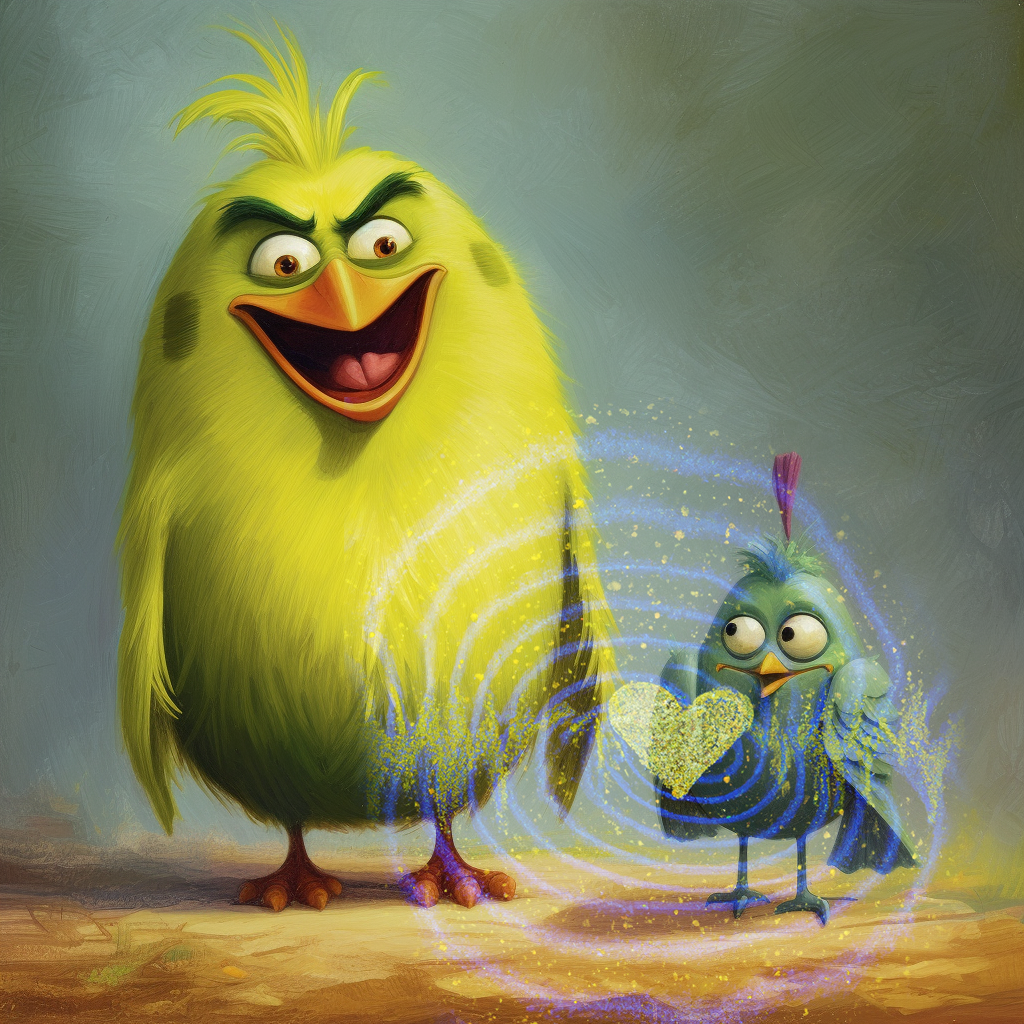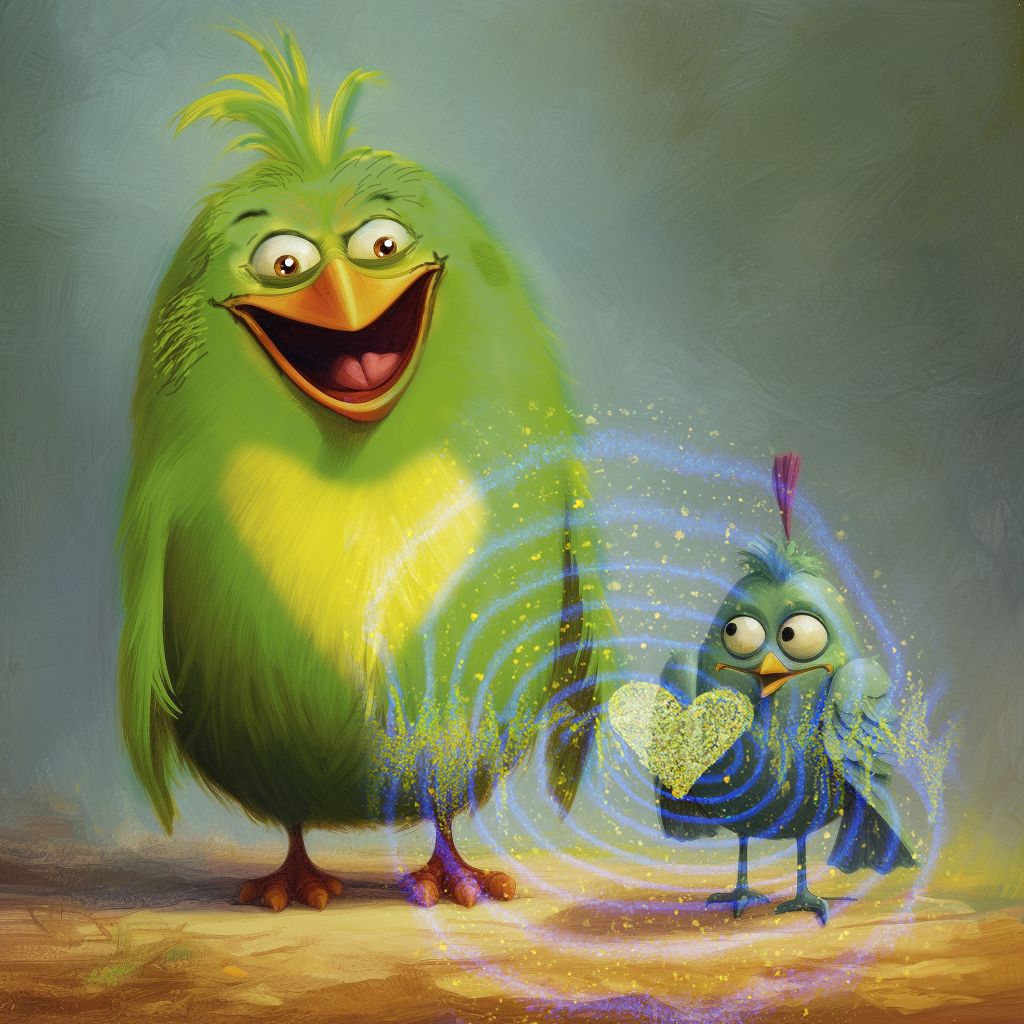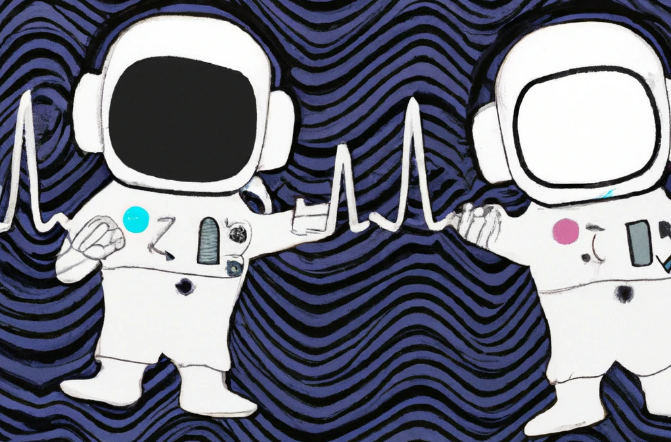Neuroception is a term introduced by Dr. Stephen Porges, a renowned researcher in the field of neuroscience and psychophysiology. It refers to the subconscious (“behind the scenes”) process through which our nervous system detects cues of safety, danger, or threat in our environment. Neuroception plays a crucial role in regulating our physiological and emotional responses, even before we consciously perceive or interpret the stimuli.
I am a huge fan of Polyvagal Theory and love to go deep into the science, but when people come to me for a workshop, they are pretty worn down and stressed out. Do they really want to hear about neuroscience? Like… a lot of neuroscience? NO.
The Feather-O-Meter and the images of the birds we use conveys important concepts quite quickly and is all very memorable.

It’s a Feature of the Biological Spacesuit
The Feather-O-Meter is working behind the scenes. It’s an awesome part of the biological spacesuit.

Unlike perception, which involves conscious awareness, neuroception operates at a more subconscious (and/or pre-conscious) level, primarily in the autonomic nervous system. It helps the biological spacesuit automagically assess whether a situation is safe, potentially dangerous, or life-threatening. This process occurs through the integration of sensory information from various sources, including facial expressions, vocal tones, body language, environmental cues, and even subtle physiological changes in others.
Neuroception can be understood as a “safety system” (Feather-O-meter) that continually evaluates the level of threat or safety in our surroundings. When neuroception detects cues of safety, it promotes feelings of calm, relaxation, and connectedness, facilitating social engagement and positive emotional states. On the other hand, if neuroception detects cues of danger or threat, it triggers the body’s stress response, activating fight-or-flight or freeze reactions. As Polyvagal expert and author Deb Dana, LCSW often shares: State precedes story.
Impairments in neuroception can contribute to difficulties in emotional regulation, social interactions, and overall well-being. For example, individuals who have experienced trauma may have a hyperactive or hypervigilant neuroception system, leading to heightened sensitivity to perceived threats and a tendency to be in a constant state of high alert. This can manifest as increased anxiety, hypervigilance, or a heightened startle response.
Understanding neuroception is important because it helps explain why certain situations or stimuli can elicit strong emotional reactions or trigger stress responses, even when there is no conscious awareness of a threat. By becoming aware of our neuroception and developing strategies to regulate it, we can enhance our emotional well-being, promote a sense of safety and security, and improve our social interactions and relationships.
Depending on what you are noticing in yourself and others, self-help might be the way to go, or (even if you slightly suspect this, then) professional help might be the way to go.
If you look at the 💭 💭 thought bubbles 💭 💭 in the images below, you can tell what stories we have about the world when the Feather-O-meter throws the biological spacesuit into different states.



Co-regulation
The other cool thing about neuroception is that, behind the scenes, the biological spacesuit can pick up on another biological spacesuit’s feather-O-meter settings, and co-regulation can occur. By giving off the cues of safety and connection (GREEN) we can co-regulate those around us. It’s basically a super power.


You Might Also Like…
Inner ease techniques like heart-focused breathing may also benefit our relationships by promoting polyvagal coregulation. Polyvagal theory explains how our autonomic nervous system regulates our social interactions and ability to connect with others. When we feel safe and socially engaged, our bodily states synchronize with those we are interacting with. This is known as polyvagal coregulation. Practicing inner ease techniques may help provide the calm, balanced nervous system state needed for optimal social engagement and coregulation. By collectively cultivating inner ease, we may be able to improve social cohesion, empathy, and understanding on a global scale. Our shared physiological states affect our ability to connect. Inner ease provides a path to tap into our polyvagal capacity for coregulation.
